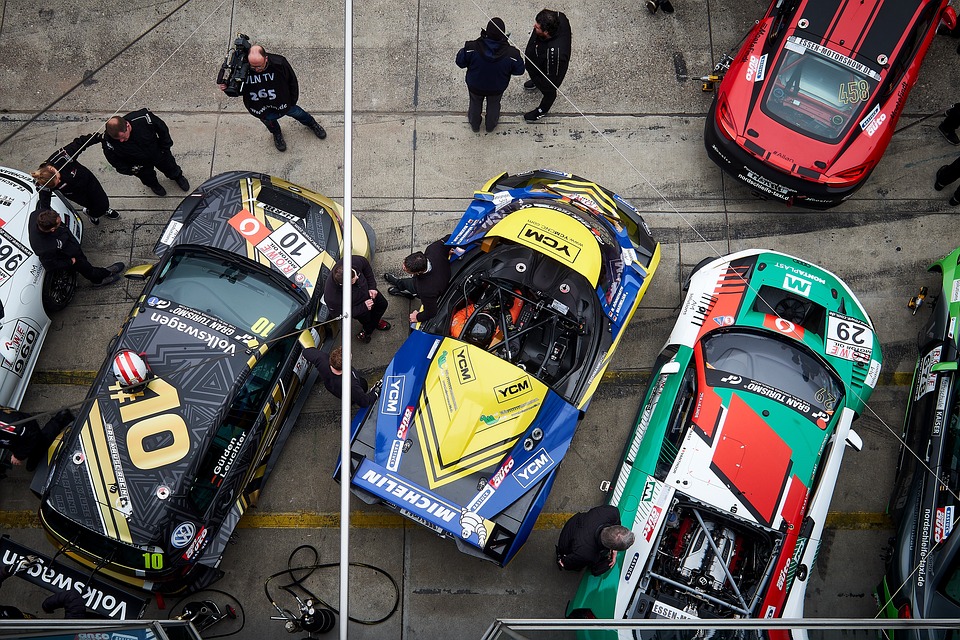TVR sports car
A review of the TVR sports car, covering development, important features and technical data for every model in the range, from the Grantura to the Chimaera.
In this article, I offer a nostalgic look at The TVR Sports Car, one of the elite group of classic cars, which were manufactured from 1958 to 1992+.
TVR was founded in 1947 by Trevor Wilkinson.
In 1956, TVR began producing its own glass-reinforced plastic (GRP) body shells, in addition to the chassis. Within two years, the Grantura’s groundbreaking design was born.
TVR Scholarship
The TVR Grantura Series 1 was launched in 1958. It used a GRP die-cast steel body, with a 1.1-litre Coventry Climax engine.
Series 2, launched in 1960, offered various engines, including the MGA engine, and integrated rack-and-pinion steering.
The 3 Series, introduced in 1963, used either the 1.6-liter or 1.8-liter MG engine. Vixen succeeded in Grantura.
TVR Griffith 200
In 1963, the TVR Griffith 200 sports car was introduced. It was, essentially, a TVR Grantura Series 3 in which the 1.8-litre MGB engine was replaced by a 4.7-litre Ford V8, the same unit found in the AC Cobra.
The demand for this competitor to the Cobra was such that TVR was inundated with orders.
TVR Griffith 400
In 1964, the TVR Griffith 200 was replaced by the TVR Griffith 400 sports car. Like its predecessor, it was a two-seater coupe. It used the same engine, but had a higher top speed due to the increased gear ratio.
As a result of a prolonged pavement strike in the US, by 1967, 59 Griffith 400s and 10 Griffith 600s had been built, with the newer body design.
TVR Tuscan
The TVR Tuscan sports car, introduced in 1967, was a two-seater stationary coupe.
The V8 version used the same 4.7-liter Ford V8 engine as in the Ford Mustang.
By 1970, since only 72 Tuscan V8s had been built, they were replaced by the Tuscan V6 sports car, which used Ford’s 3-litre V6. When production ended in 1971, TVR Vixen succeeded him.
The TVR Vixen was developed from the TVR Grantura, and was introduced in 1967. It used a 1.6-liter, 4-cylinder Ford engine. The fiberglass structure is built on a tubular frame.
TVR M Series
To replace the TVR Vixen and TVR Tuscan models, TVR M Series sports cars were launched in 1972. They used a glass-reinforced plastic body on a metal chassis. The series included the 1600M, 2500M, 3000M, 3000S and 3000M Turbo.
In 1974, the 2.5-litre Triumph engine in the TVR 2500M was replaced by the 4.7-litre Ford V8 as used in the TVR Griffith 200.
Hence the TVR 5000M was born. Only a handful were built due to a fire at the TVR factory in 1975.
TVR Tasmin
In 1980, TVR Tasmin, also known as TVR 280i, was introduced. It was wedge-shaped, and was available as a two-seat convertible, as well as a two-seat and 2+2 fixed-head coupe.
The Tasmin 280i used a 2.8-liter Ford V6 engine, while its cheaper counterpart the Tasmin 200 used a Ford 2-liter 4-cylinder engine.
The Tasmin wedge shape was not well received, and sales were poor.
Based on the Tasmin 280i, the Tasmin 350i sports car appeared in 1983. Variants of the 350i included the following:
- 3.9-liter 390i
- 4.0 liter 400SE
- and the fierce 4.5-liter 320-hp 450 SE
TVR S Series
In 1987, TVR introduced the S Series. This saw a move away from the wedge shape to the traditional TVR design incorporating curves.
The V6 S series used a Ford V6 engine, while the V8 S series used a modified 4-liter fuel-injected Rover V8.
The TVR 2-litre V8 S series was a supercharged version of the V8 S. It used a modified 3.5-litre Rover V8 engine, with a sub-1998 cc displacement, along with fuel injection and a supercharger. They were two open seats.
The TVR Griffith 500
In 1992, the V8 S series was retired and replaced by the TVR Griffith 500 sports car.
Like the Griffith 200 and 400 of the 1960s, it was a lightweight, fiberglass, two-seater. At first I used the 4 liter Rover V8 engine which can be easily increased in capacity.
All use a five-speed manual transmission. The interior design was of a high standard. Production ended in 2002.
TVR Chimaera
Also in 1992, the TVR Chimaera sports car was introduced. It was a two-seater convertible and, like the Griffith, used the same lineup of Rover V8 engines.
It was designed for long-distance driving, and so was more spacious internally, and its suspension was less stiff than the Griffith’s.
Engine specifications were in line with Griffith’s, although there were minor top speed improvements.
This marked the end of the classic TVR sports car
After 2000, TVR has produced a number of exciting sports cars which, unfortunately, are beyond the time frame of this review.
This stroll down memory lane may have answered, or at least shed light on, a possible question:
What a TVR sports car it is for you favorite?”
However, if that question remains unanswered, I will review, in some detail, in future articles within this site, the full range of TVR sports cars that appeared in a memorable era spanning from 1958 to 1992.
I hope you’ll join me on my nostalgic travels “down sports car memory lane”.
